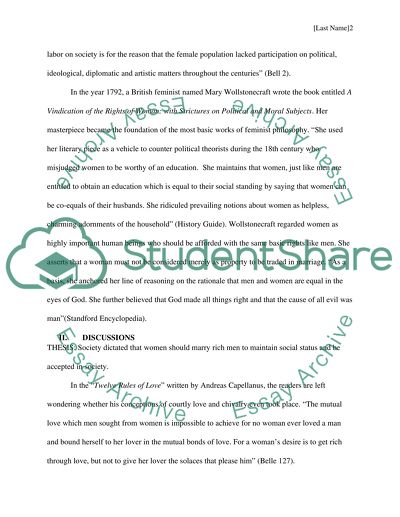Cite this document
(“Gender Discrimination in the 19th Century: Cause and Effect Essay”, n.d.)
Gender Discrimination in the 19th Century: Cause and Effect Essay. Retrieved from https://studentshare.org/social-science/1412177-casual-analysis-source-based-cause-effect-essay
Gender Discrimination in the 19th Century: Cause and Effect Essay. Retrieved from https://studentshare.org/social-science/1412177-casual-analysis-source-based-cause-effect-essay
(Gender Discrimination in the 19th Century: Cause and Effect Essay)
Gender Discrimination in the 19th Century: Cause and Effect Essay. https://studentshare.org/social-science/1412177-casual-analysis-source-based-cause-effect-essay.
Gender Discrimination in the 19th Century: Cause and Effect Essay. https://studentshare.org/social-science/1412177-casual-analysis-source-based-cause-effect-essay.
“Gender Discrimination in the 19th Century: Cause and Effect Essay”, n.d. https://studentshare.org/social-science/1412177-casual-analysis-source-based-cause-effect-essay.


